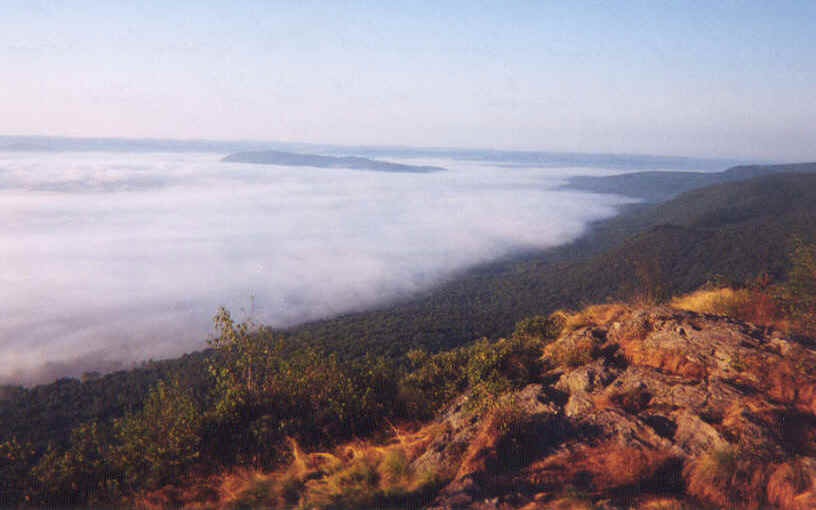
Great Barrington, MA

|
In the eighteenth century, Great Barrington was a farming community with little business enterprise. By 1829, when a history of Berkshire County was compiled, there were two taverns, four merchant stores, two large tanneries, a grist mill, a plaster mill, and various mechanic shops in the village. In the Van Deusenville section, there were two stores, a woolen factory, and in the northern part of town, a cotton factory. The next decade saw a blast furnace, for the manufacturing of pig iron, put into operation in Van Deusenville. Blast furnaces were charged with iron ore, charcoal (or coke -- charcoal made from coal) and limestone (CaCO3). A huge quantity of air would be blasted through the bottom of the furnace. The calcium in the limestone would combine with silicates, to form slag. At the bottom of the furnace, liquid iron would collect, along with a layer of slag on top. Periodically, the liquid iron was allowed to flow out, following a channel, to cool in the indentations that had been made in a bed of sand. Once it had cooled, it was known as pig iron. While the blast furnace itself would have required a relatively small crew to operate, there would have been dozens of people working in the woods: felling trees, burning the charcoal, working the ore diggings, and mining the limestone.
Town Hall
|